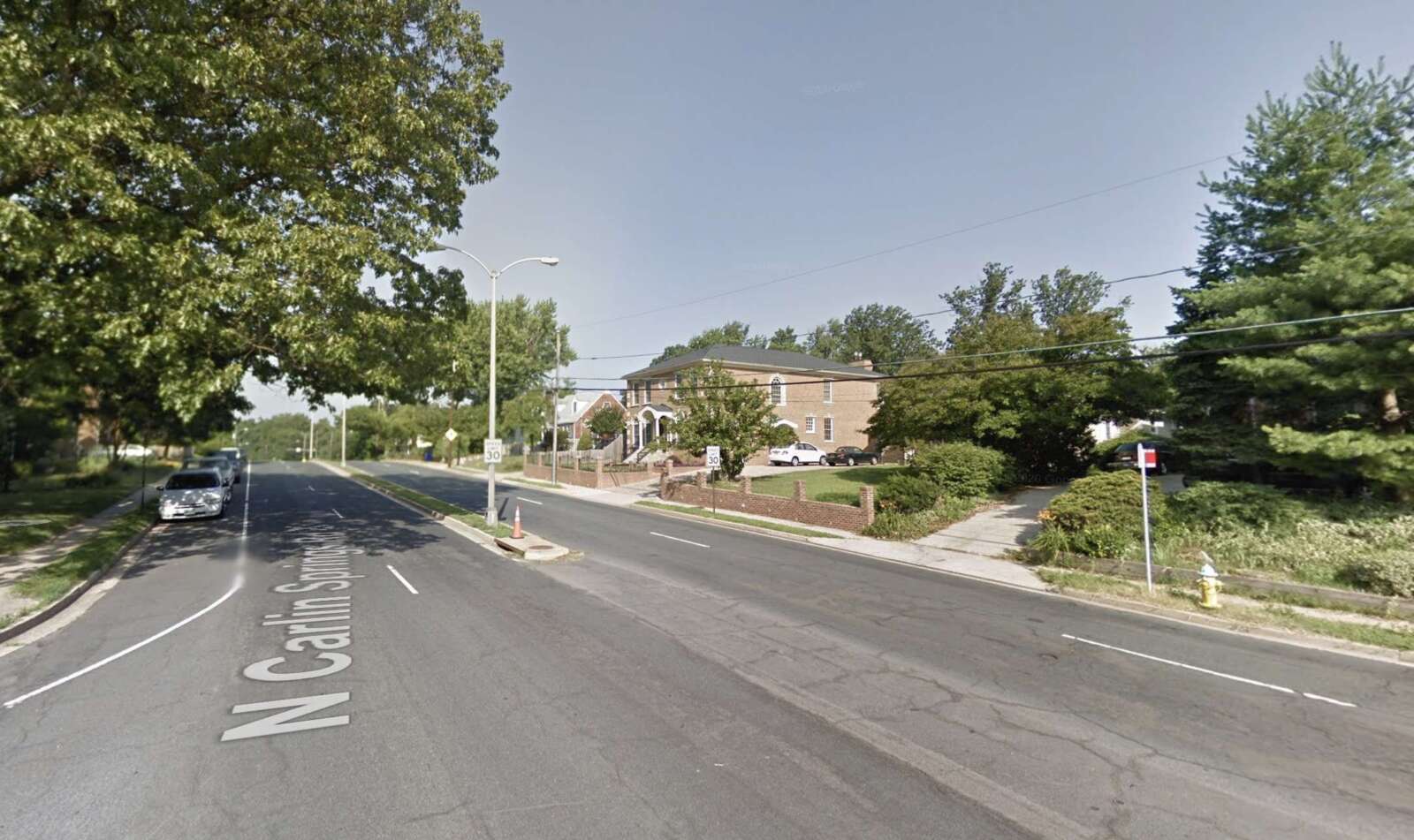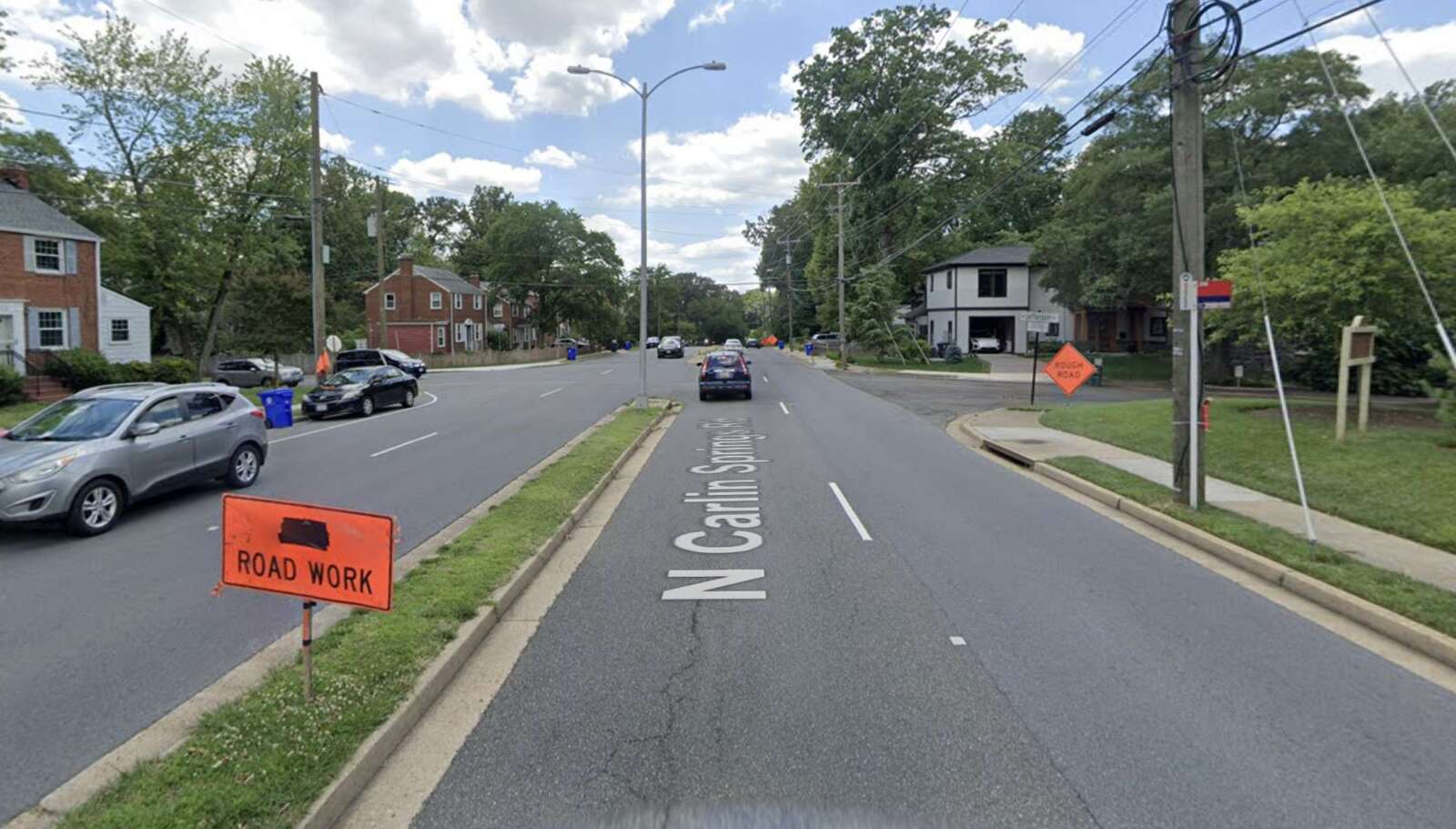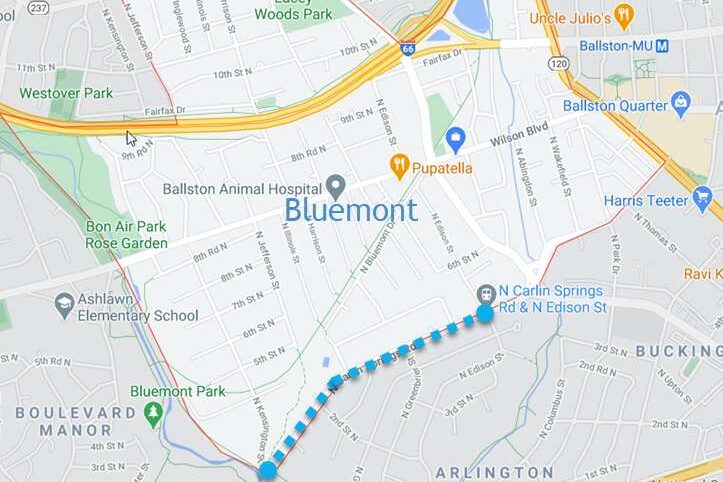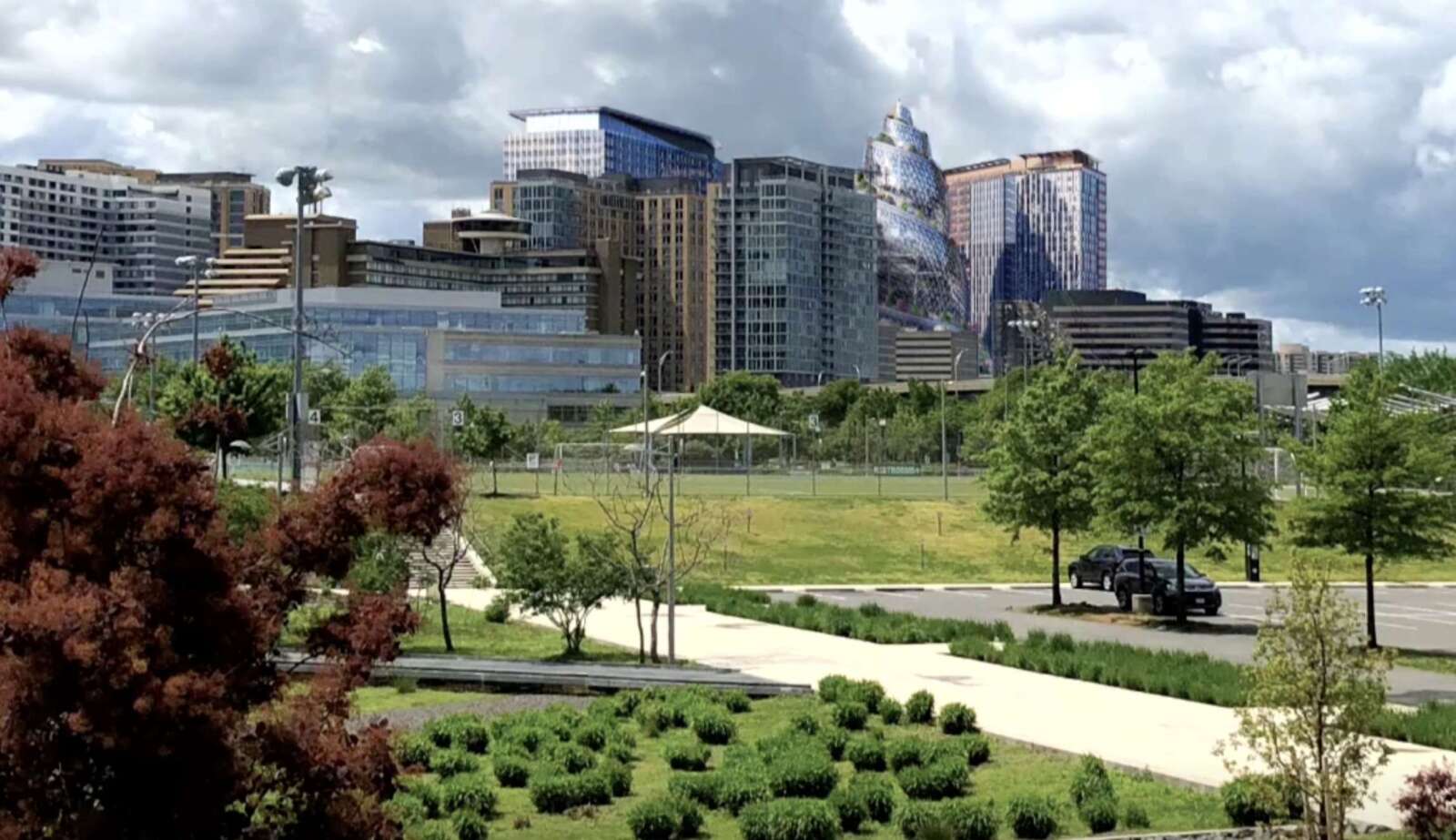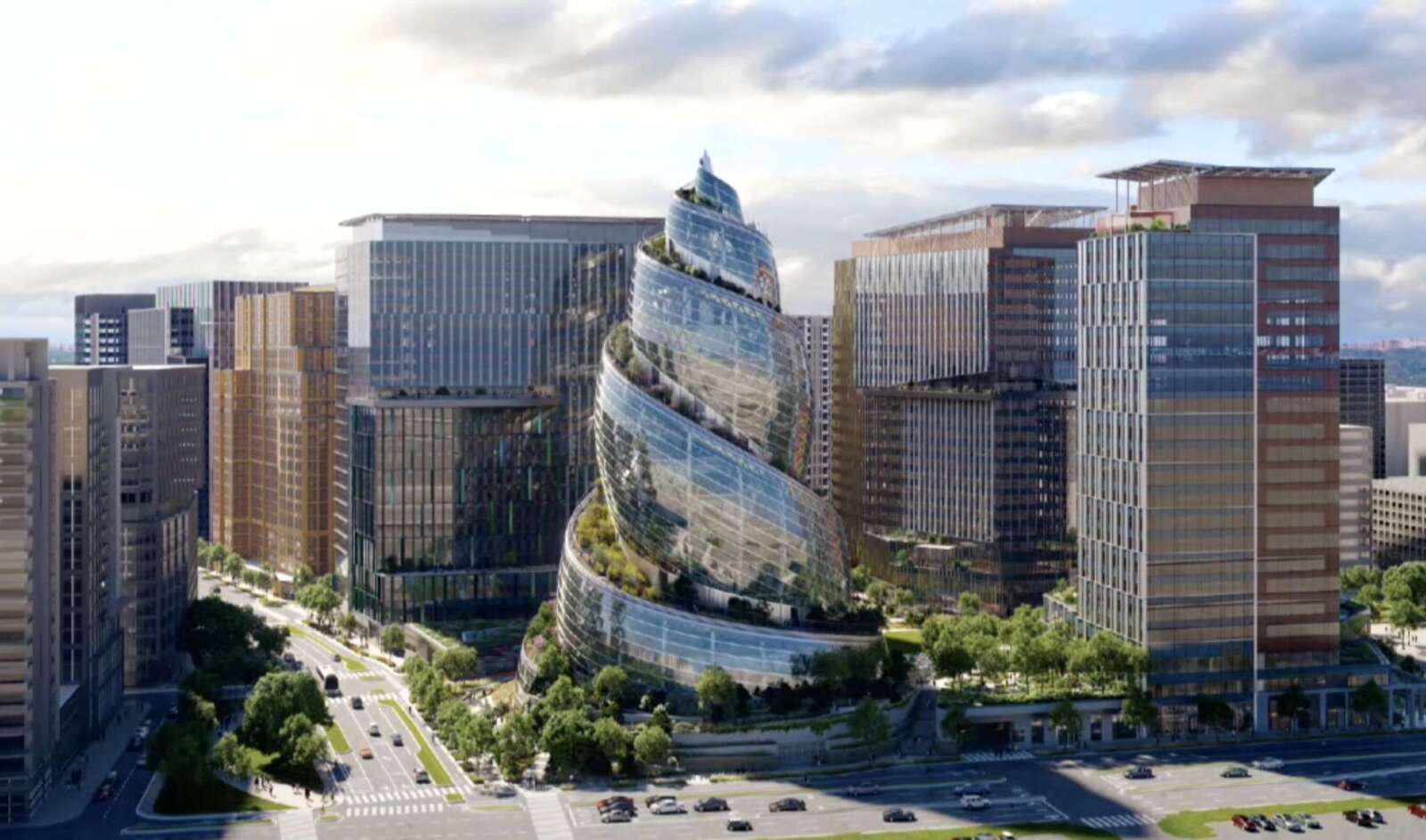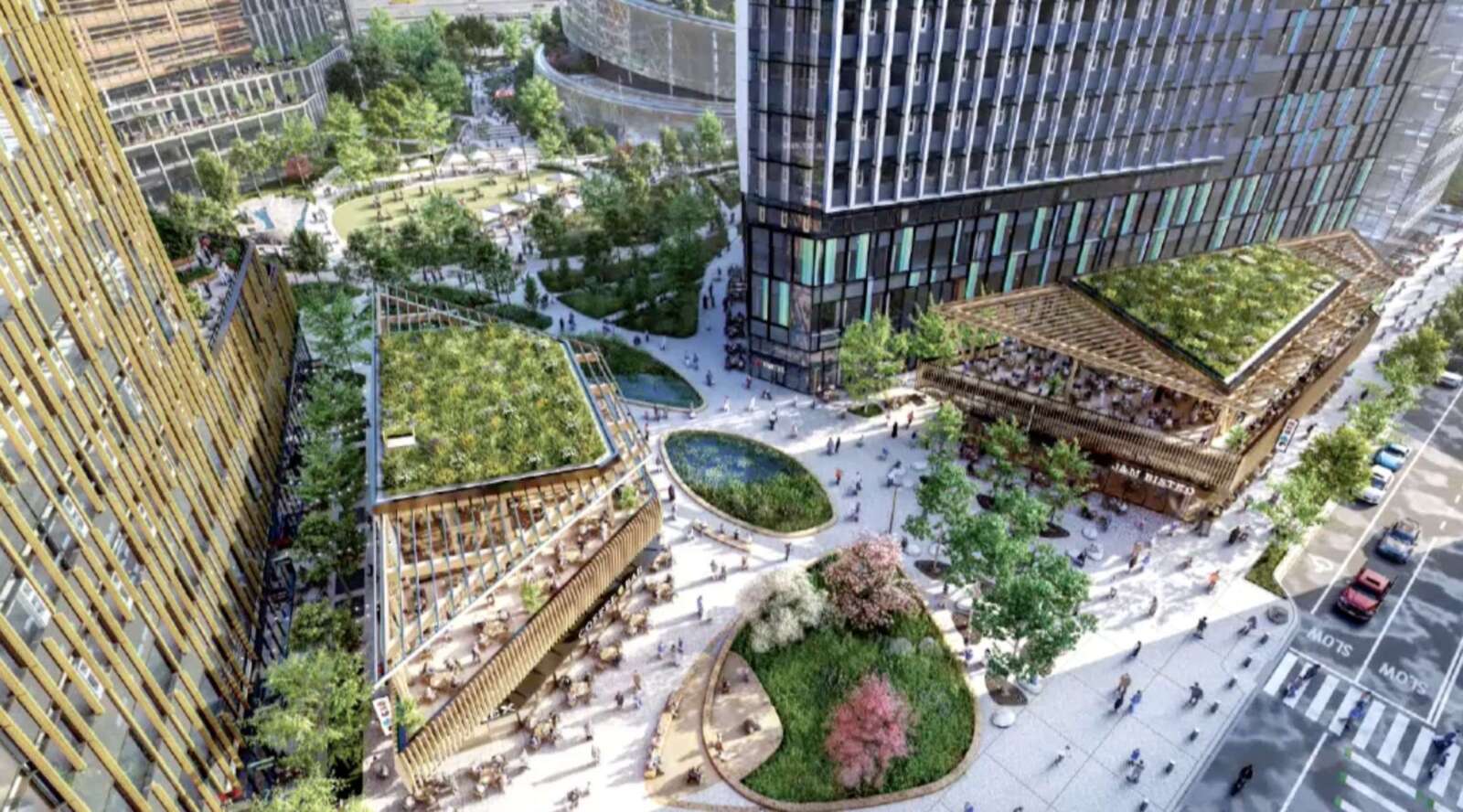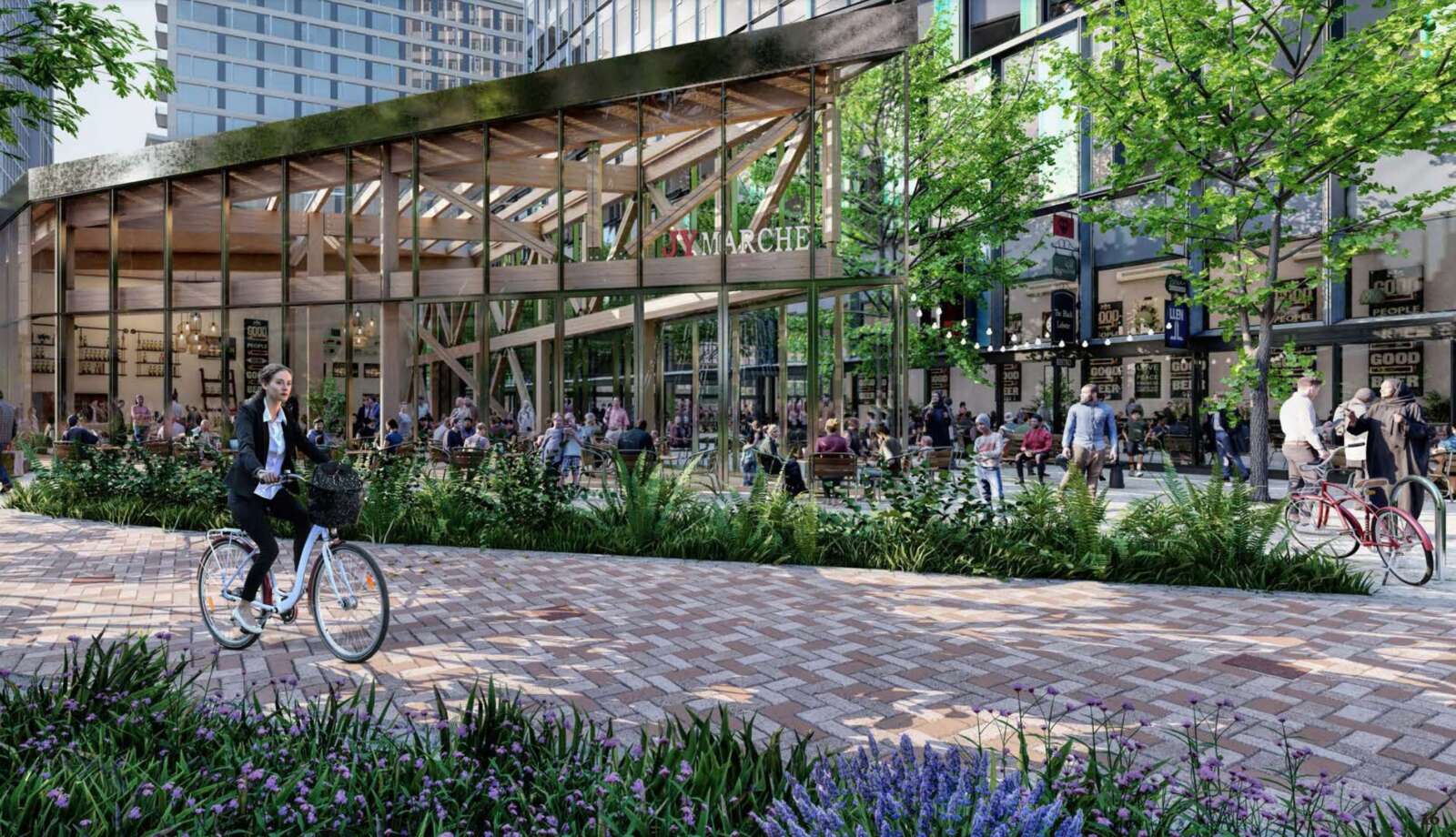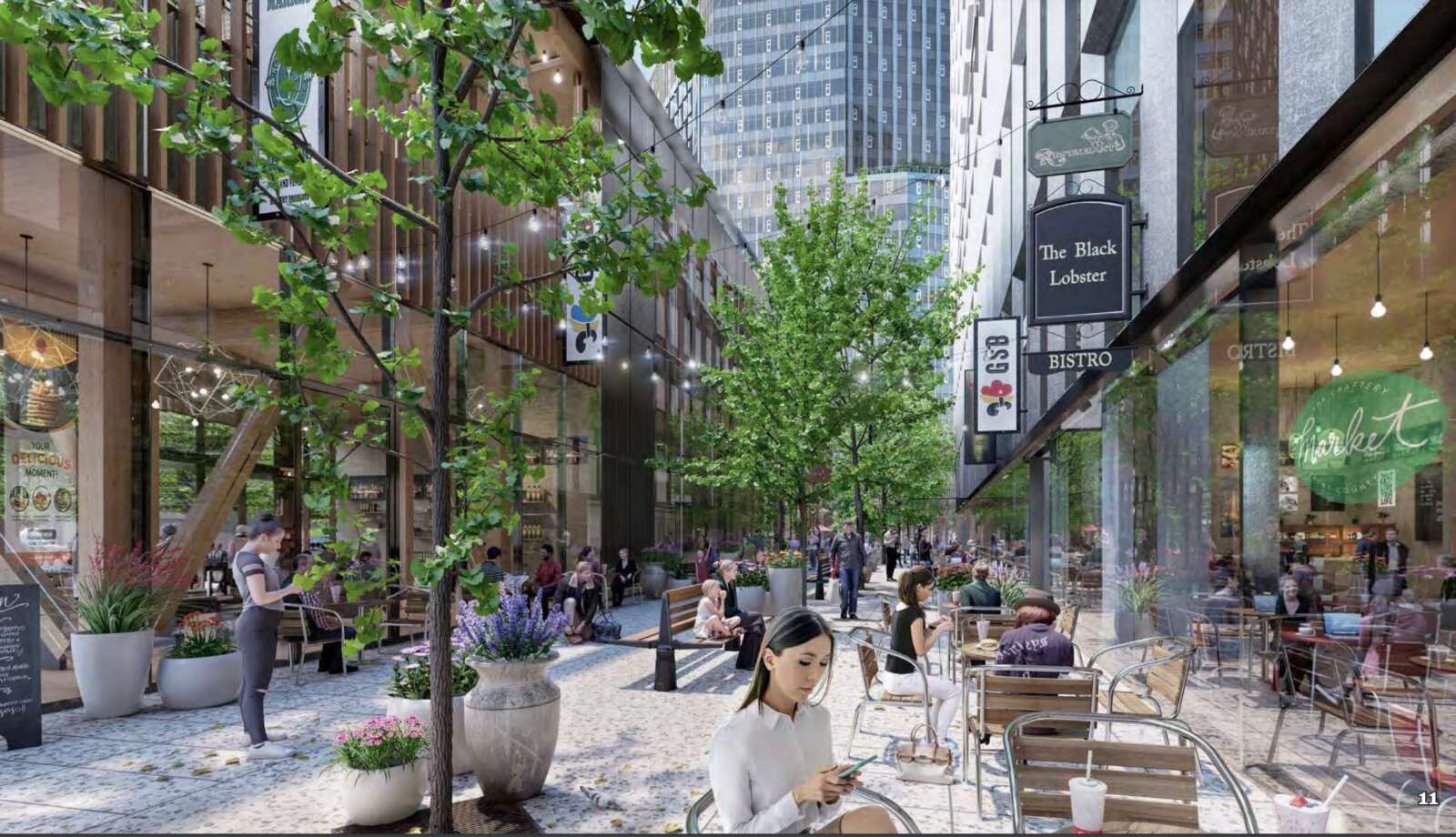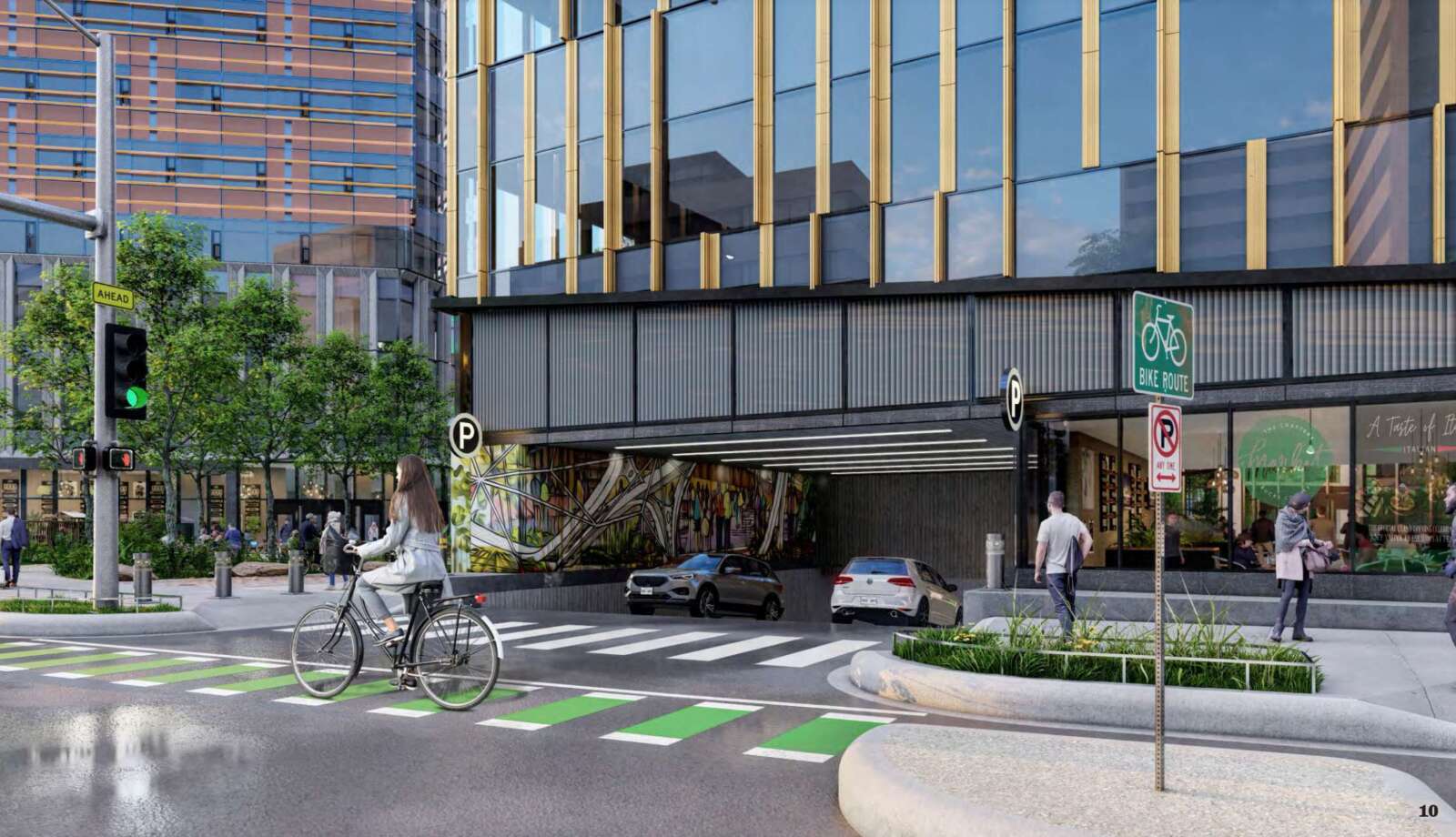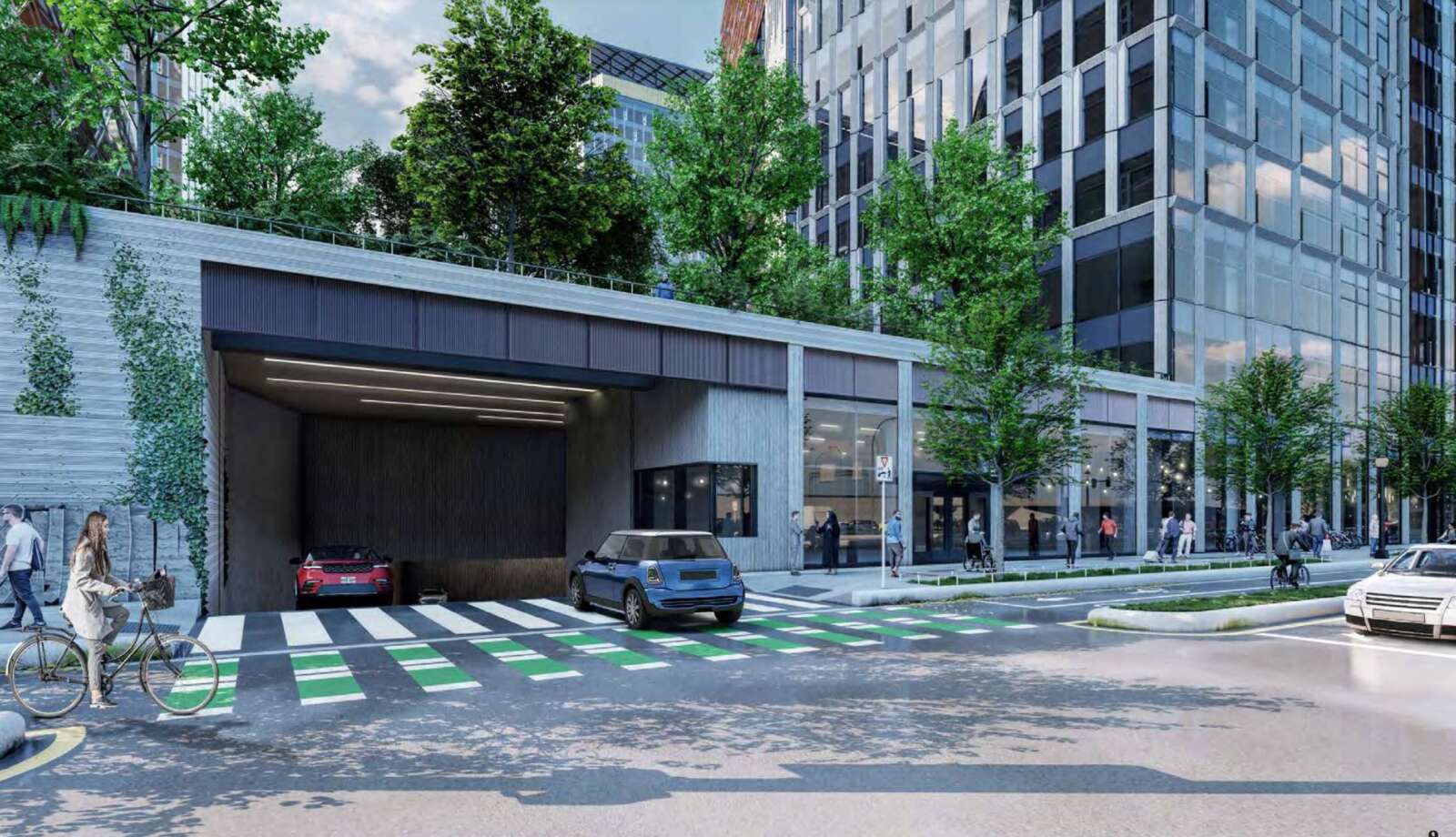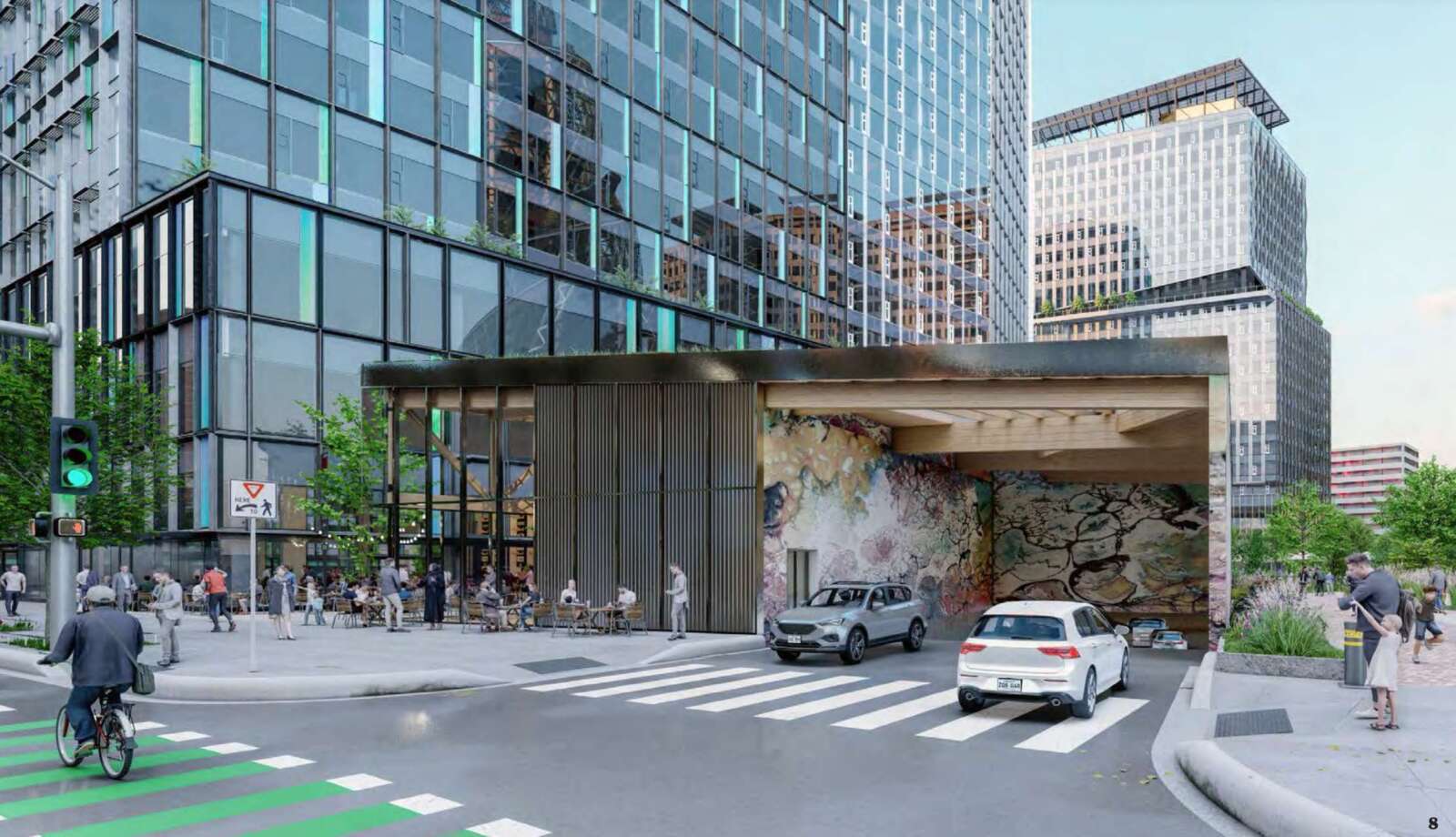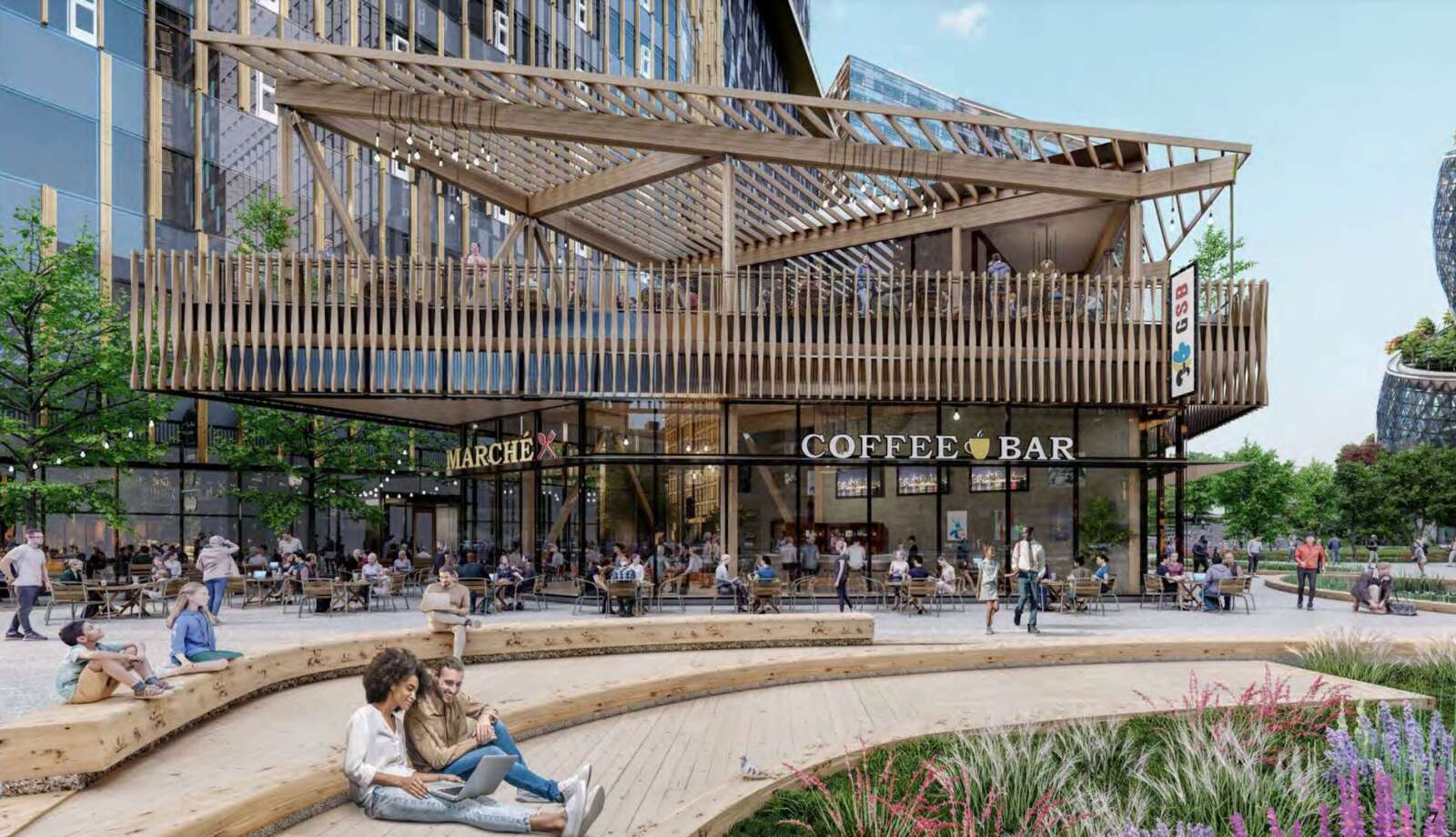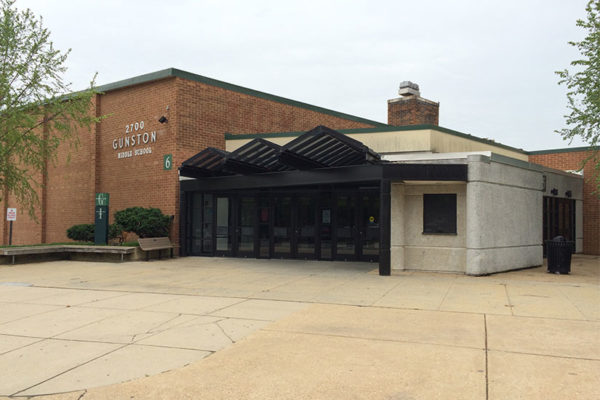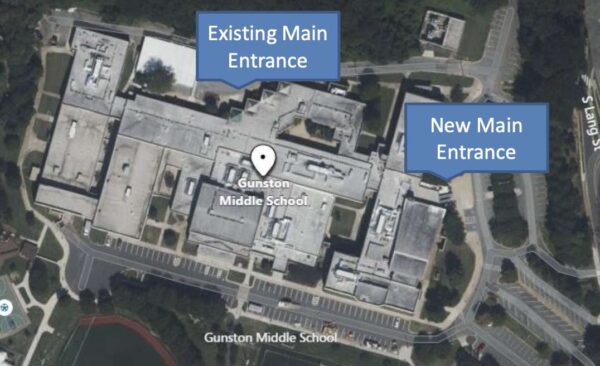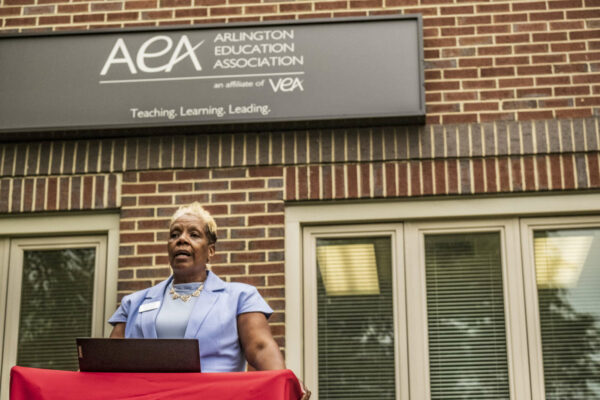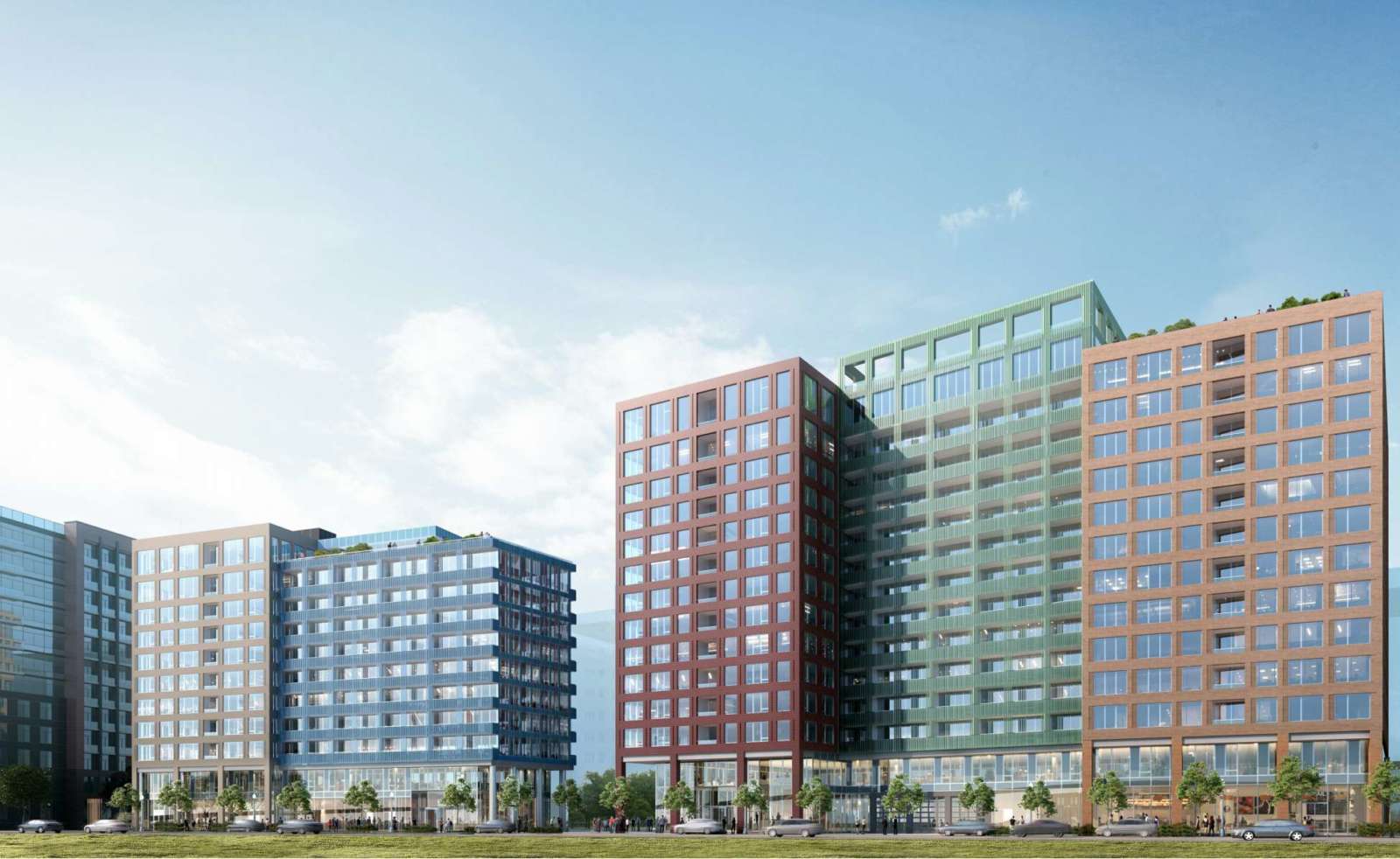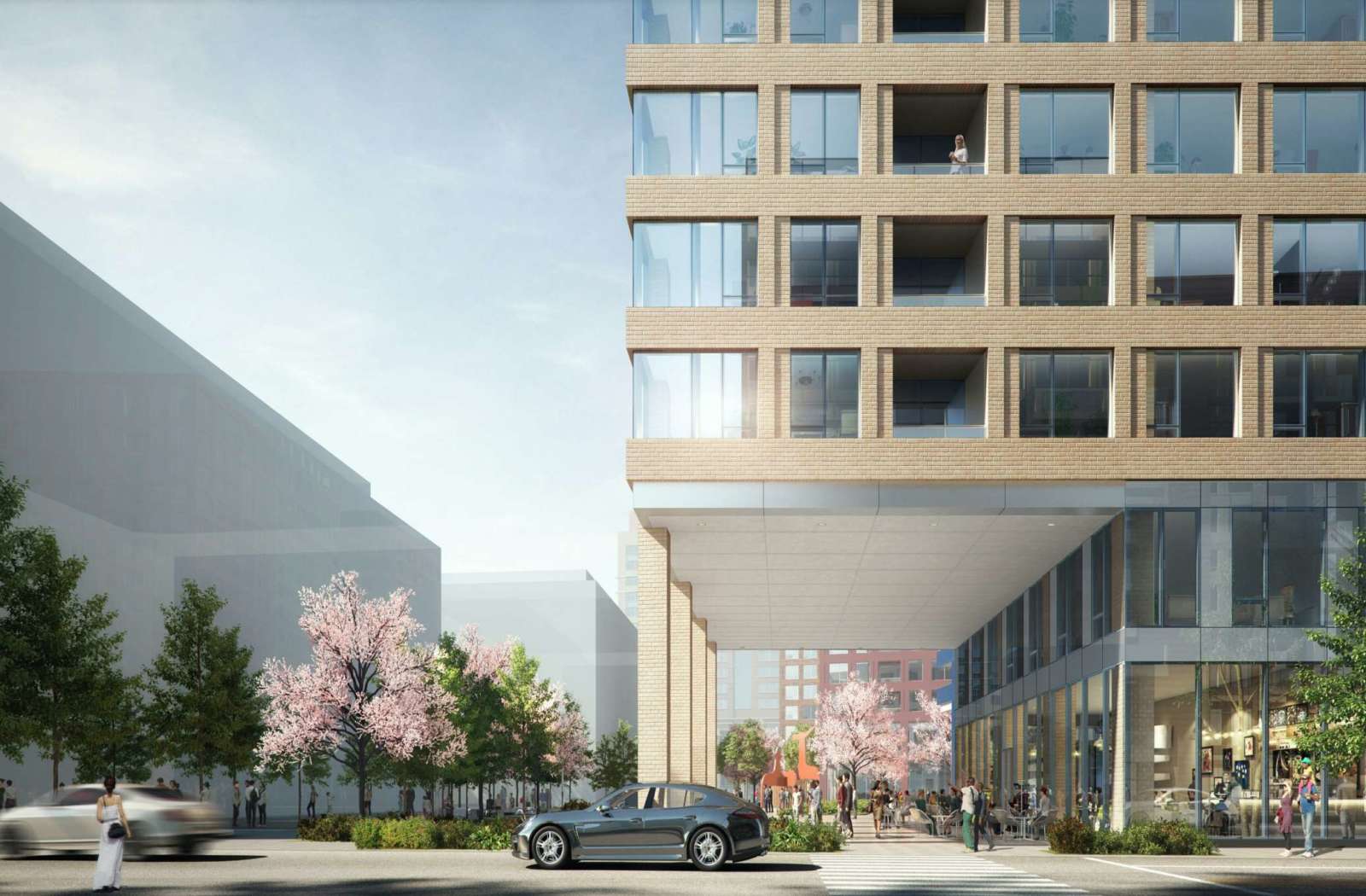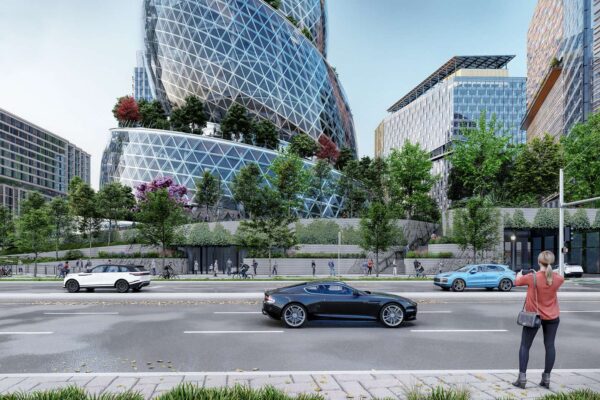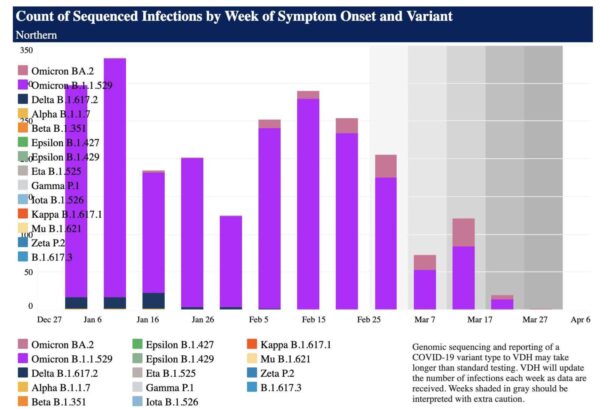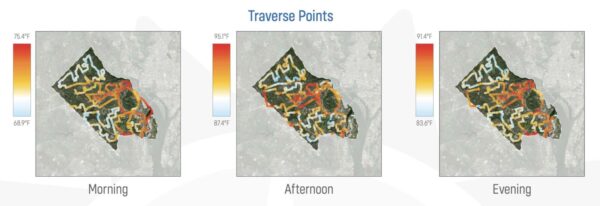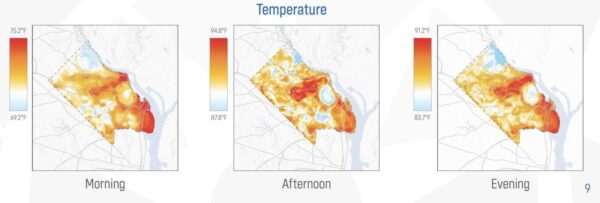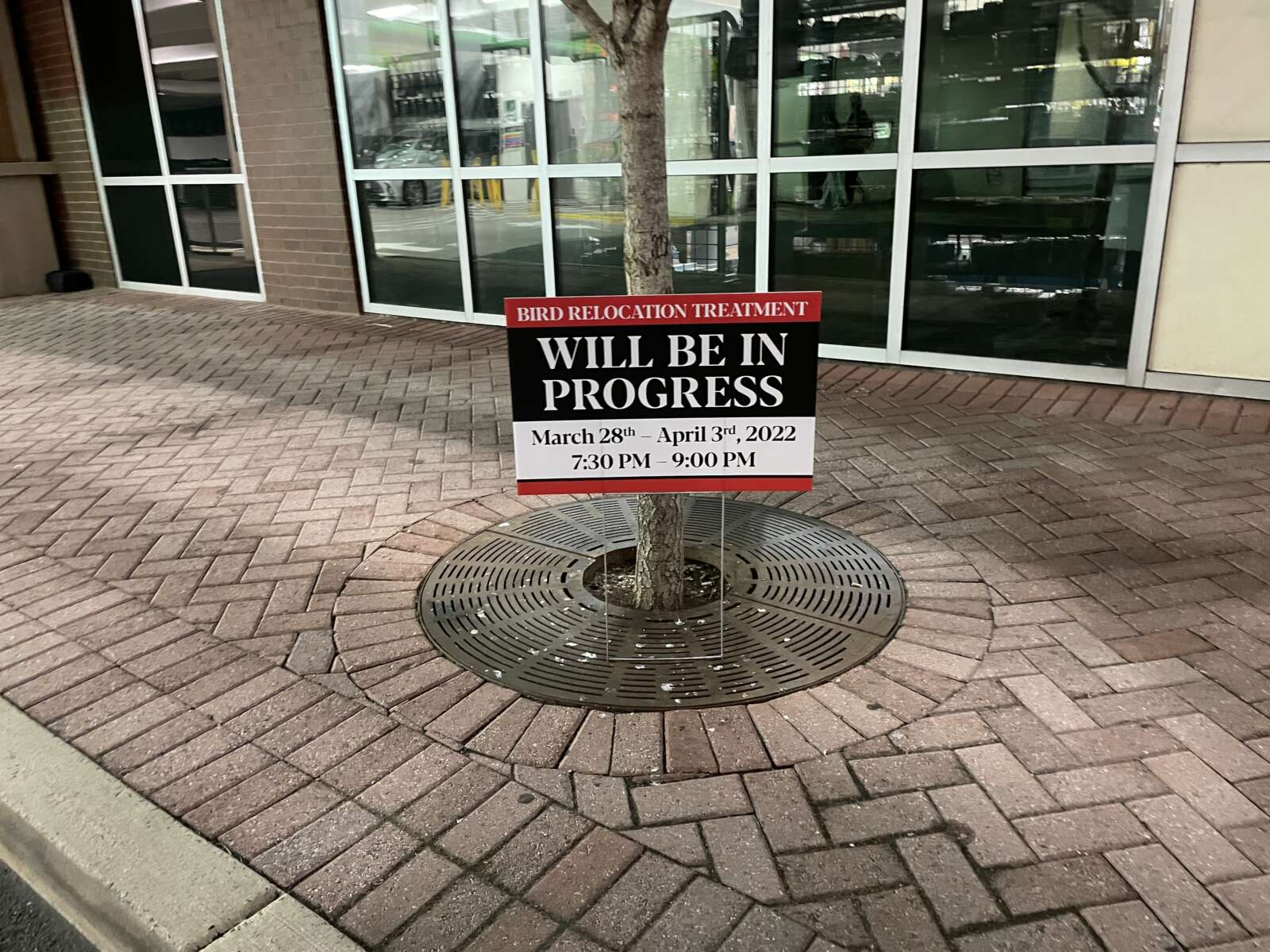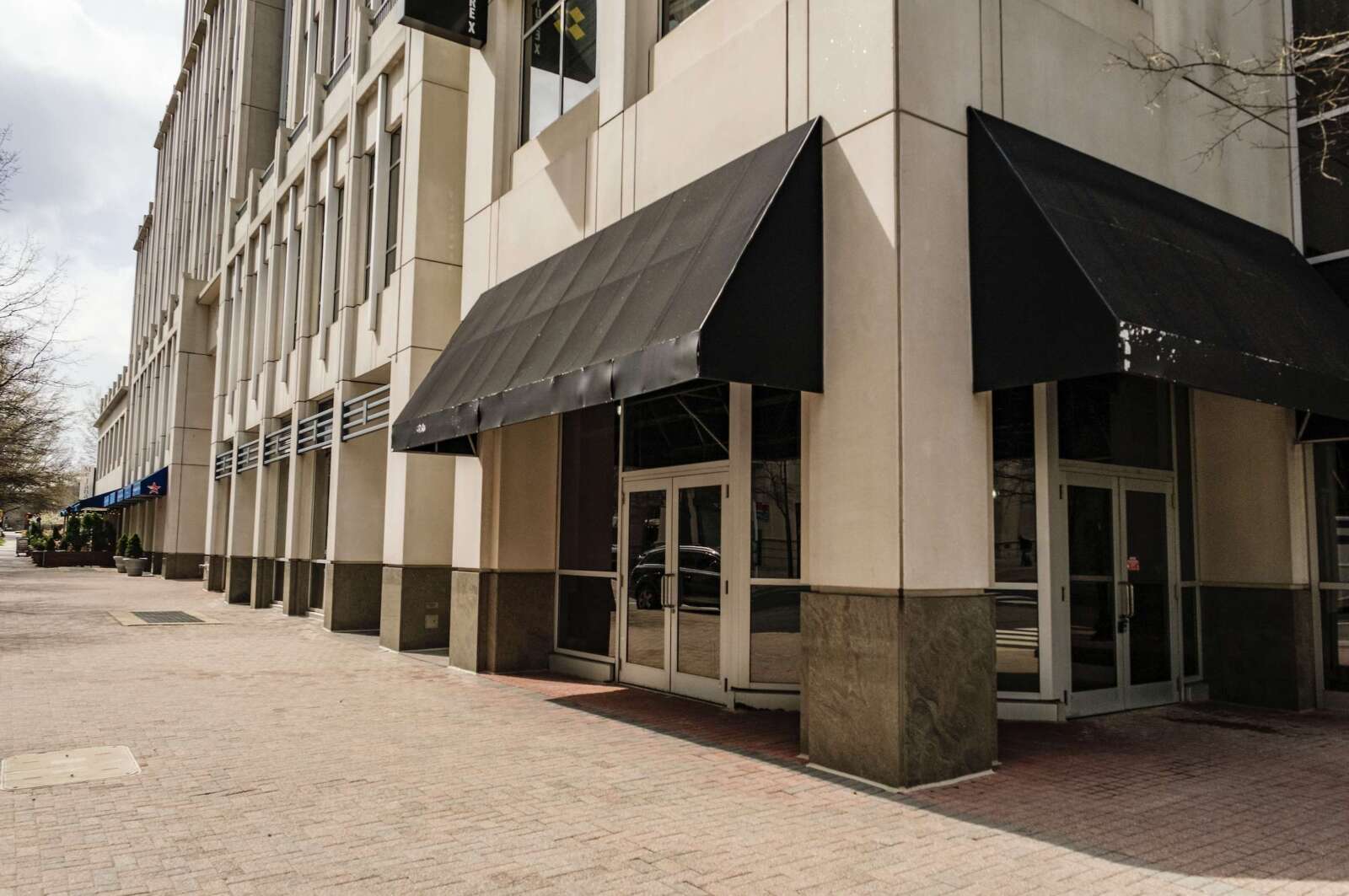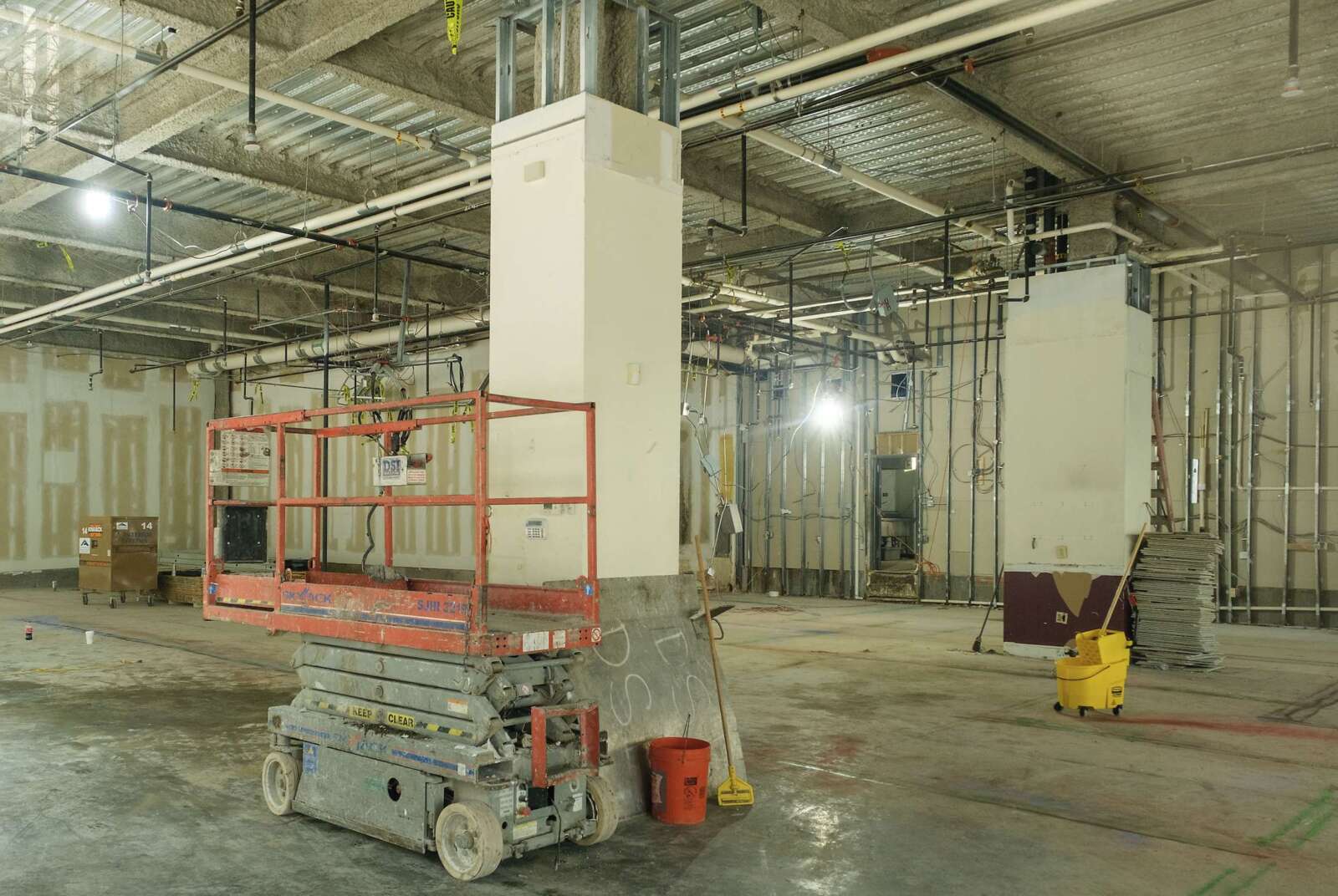After a year of work surveying residents, two civic associations are going to the county with a request: to make a stretch of N. Carlin Springs Road safer for pedestrians.
Drivers routinely go 40 mph on the 30 mph road, which is used by kids walking to Kenmore Middle School, says Christopher George, who spearheaded the community initiative. People have to cross four lanes of traffic without marked crossings to get to two heavily used bus stations, which lack ramps to make them accessible to people with disabilities.
“It’s very dangerous for people who take the bus to cross the street,” he tells ARLnow. “Kenmore students are pretty much told not to cross the street because it’s so dangerous.”
Members of the Bluemont Civic Association (BCA) and the Arlington Forest Citizens Association (AFCA) want slower speeds, safer crossings and greater enforcement of speeding and street crossing laws on N. Carlin Springs Road between N. Edison Street and N. Kensington Street.
Their asks come after more than a year spent surveying neighborhoods, conducting site walks and drafting a report.
Residents say they want to see:
- Marked crossings accessible to people with disabilities
- Medians with pedestrian refuges, curb extensions and streetscaping at the intersections of 2nd Street N./N. Jefferson Street and at N. Greenbrier Street
- A speed limit on N. Carlin Springs Road of 25 mph, not 30 mph
- Dark sky-compliant Carlyle-style street lights
Members sent a joint resolution to the County Board and County Manager Mark Schwartz requesting that they pilot these changes before fully implementing them.
They said these changes could qualify as upgrades for the county’s annual repaving efforts, its Vision Zero program to reduce pedestrian deaths and serious injuries or the county’s Neighborhood Conservation program, designed to let residents identify and plan projects in their neighborhoods.
The two intersections mentioned by the association members are “in the queue to look into for evaluation,” says Department of Environmental Services spokeswoman Claudia Pors.
And a lower speed limit could be coming to the street. This year, DES is studying 30 mph roads – including N. Carlin Springs Road – to determine which “could be a good fit for either a speed limit reduction or other measures such as signage,” she said.
DES expects the study will be done before the end of the year.
The two neighborhoods have worked together before to seek funding for pedestrian safety improvements on N. Carlin Springs Road, George said.
Arlington recently made intersection safety upgrades on N. Carlin Springs at N. Edison and N. Wakefield streets that included curb extensions, rapid flashing beacons, accessibility improvements, widened medians and other improvements, Pors said.


